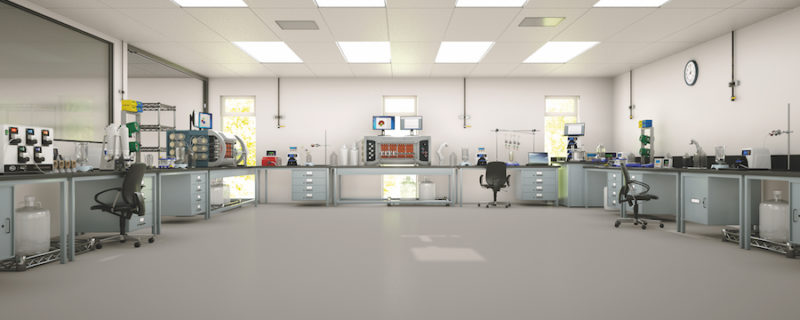
Downstream Bioprocessing Cost Modeling – Looking at Integrated Continuous, Single-use and Stainless Steel Platforms
Process economics are frequently discussed with respect to continuous biomanufacturing implementation. More specifically, are the potential cost benefits worth making a manufacturing change and in which situations are the benefits greatest? At Biotech Week Boston in September, there was a very interesting talk titled “Cost modeling of the downstream bioprocessing design space,” presented by Mark Schofield, Ph.D., Senior R&D Manager, Pall Life Sciences. In the talk, Dr. Schofield shows data related to cost modeling the downstream bioprocess design space. He also describes some of the challenges facing biomanufacturing including cost pressure, competition, and the rise of biosimilars, and how implementing integrated continuous operations can address several of these challenges.
To identify the most cost effective downstream monoclonal antibody (mAb) purification strategy, Dr. Schofield and his team modeled different unit operation sequences using BioSolve Process*. Stainless steel, single-use, and integrated continuous bioprocessing strategies were modeled for clinical and commercial manufacturing scenarios. BioSolve Process is a modeling platform, which includes customizable process sequences, detailed manufacturing cost calculations, and allows new technologies to be analyzed relatively easily.
In addition to the talk, Pall in conjunction with BPTC* prepared a poster to share data on the topic. In the poster, “Cost Modeling of a Downstream mAb Design Space: Stainless Steel Batch and Single-Use Batch vs. an Integrated Continuous Platform,” Pall Life Sciences’ integrated, continuous downstream mAb platform is modeled in BioSolve Process. Supporting information is generated from a real, process development (PD) scale continuous platform. This laboratory resides in Westborough MA, USA and has been shown to be capable of producing 100 g of mAb per day with bench-top equipment. The cost associated with these three downstream strategies, stainless steel, single-use and continuous, are compared across a range of bioreactor volumes, titers, and number of batches per year. This experimental design space is divided into clinical and commercial regimes that differ in resin reuse assumptions and correspond to mAb throughput ranges of 0.05 – 18 kg/year and 0.5 – 400 kg/year, respectively. The three downstream strategies (continuous, traditional batch and single-use batch) are evaluated across the range of manufacturing scenarios for two metrics: Cost of goods (CoGs) and net present cost (NPC). By breaking down the value of each platform to the cost contribution from clarification, purification, polishing, and final formulation, a detailed comparison can be achieved. The modeling exercise reveals that continuous and single-use technologies facilitate reduced manufacturing costs in almost 80% of the scenarios evaluated. The continuous platform offers up to 60% savings in CoGs per gram and 40% savings in NPC over batch manufacturing methods, with the best savings generally occurring at higher bioreactor titer and volume. The key drivers for cost savings are the Cadence™ acoustic separator for primary clarification and the Cadence BioSMB platform for continuous chromatography.
Cadence is a trademark of the Pall Corporation. *BioSolve Process is a trademark of Biopharm Services Limited and *BPTC is a trademark of BioProcess Technology Consultants.
Please click here to see the poster in more detail.
Please click, to download the free eBook and learn more about biopharm’s continuous future
